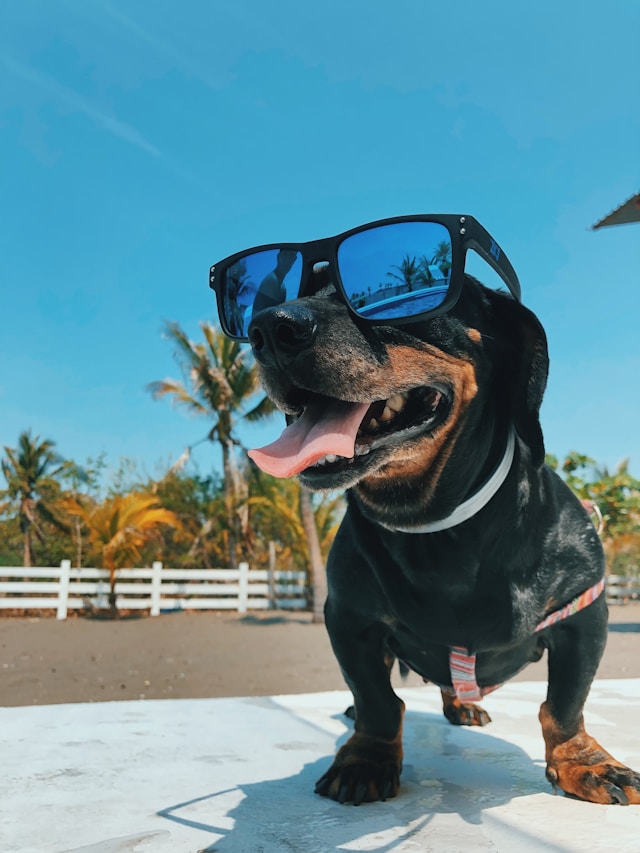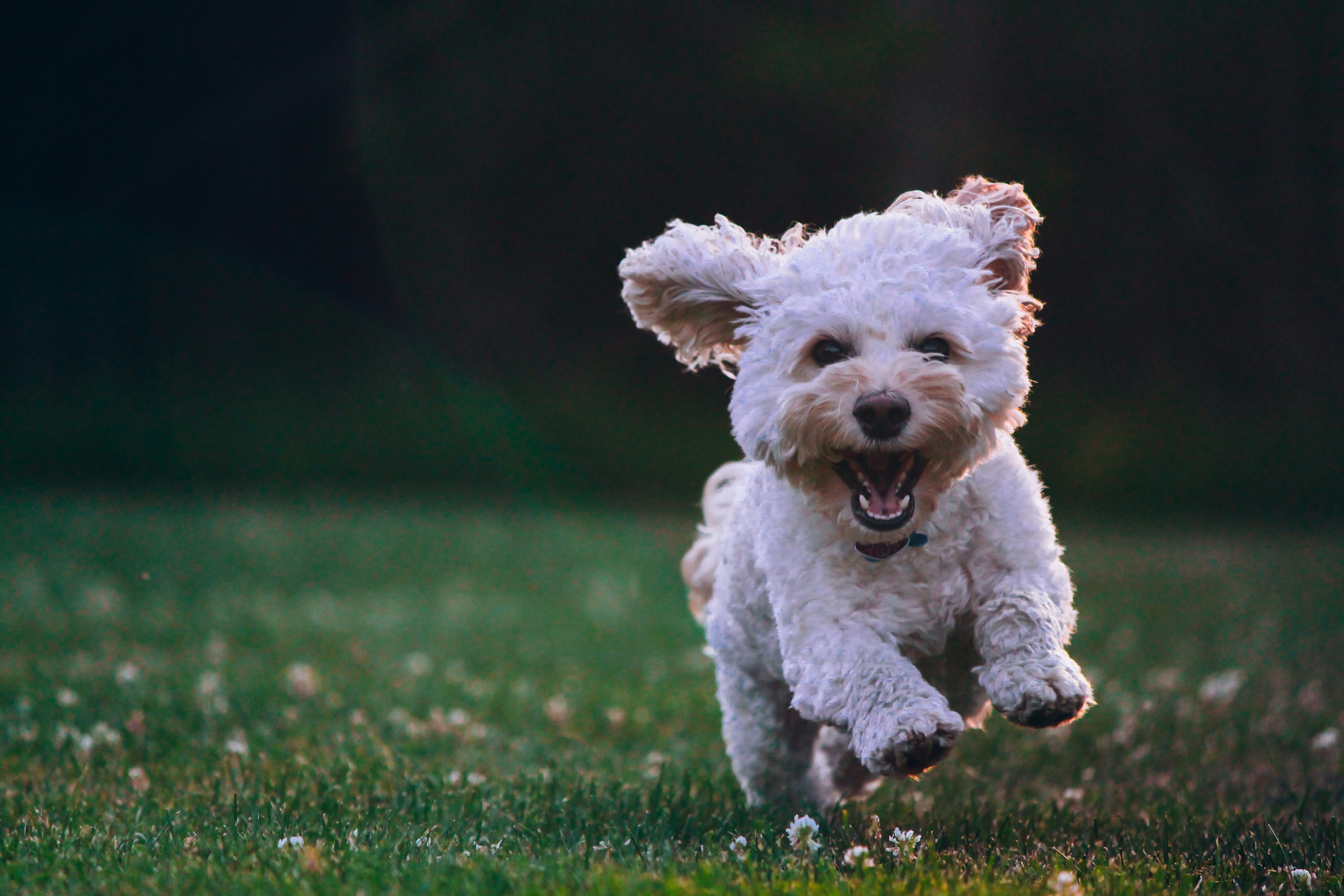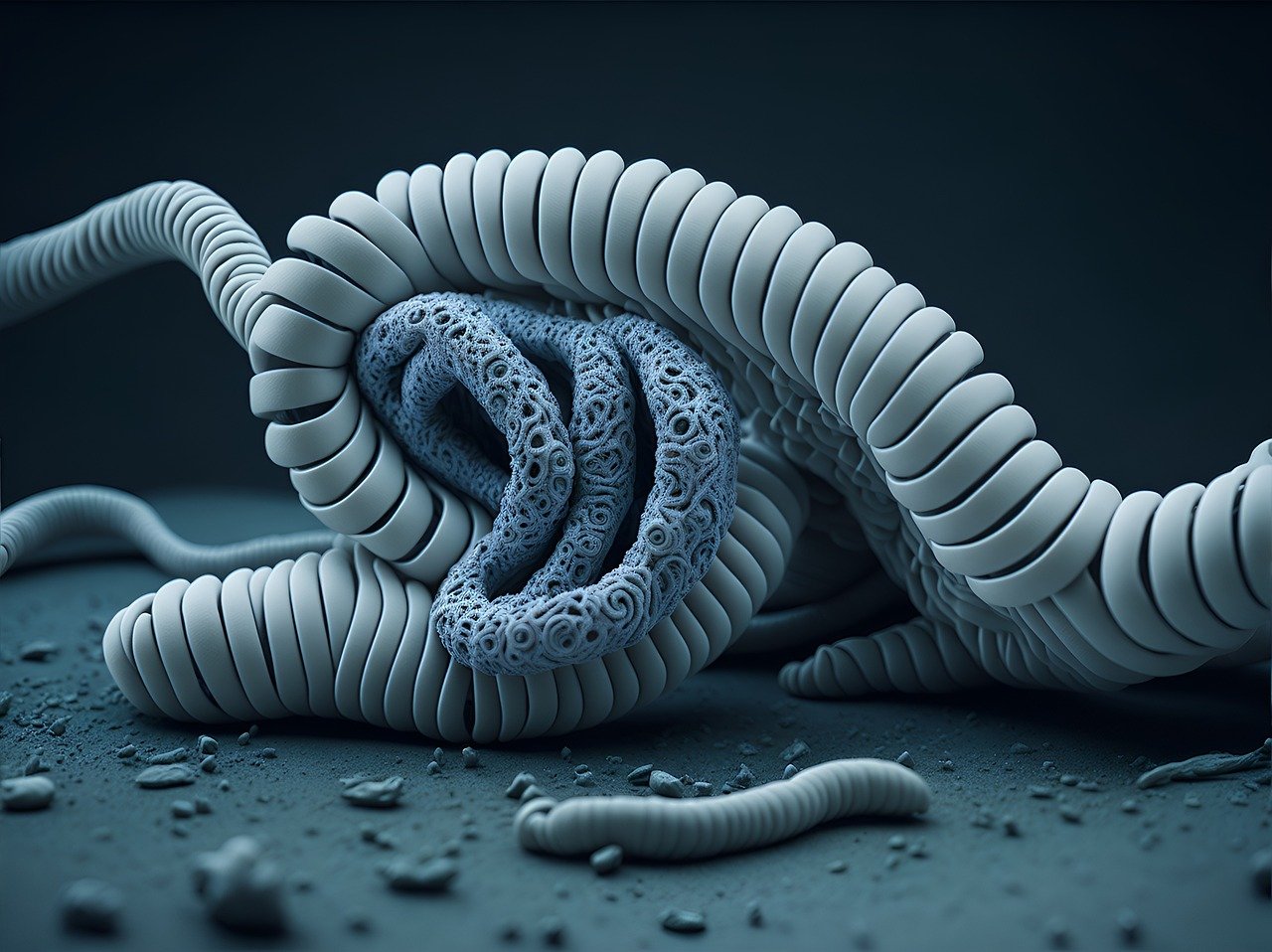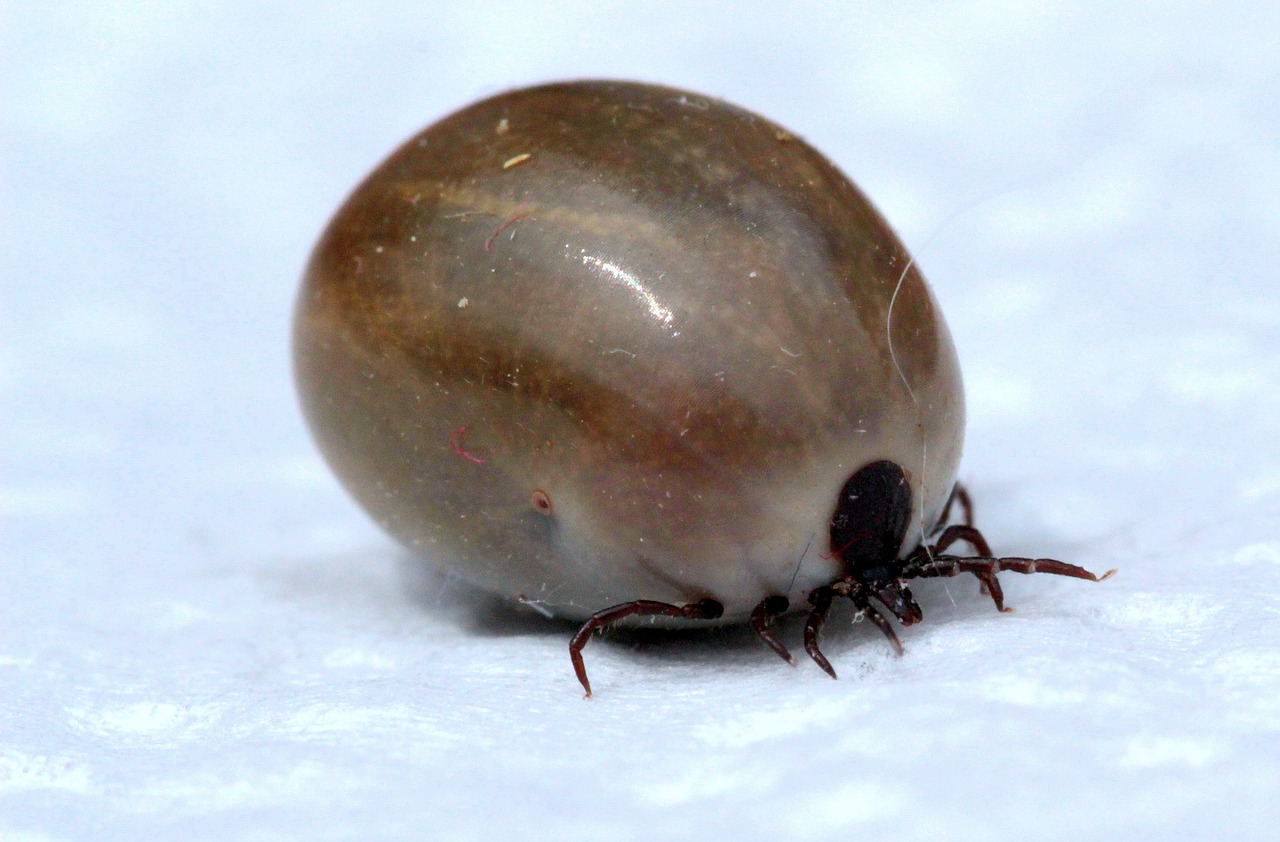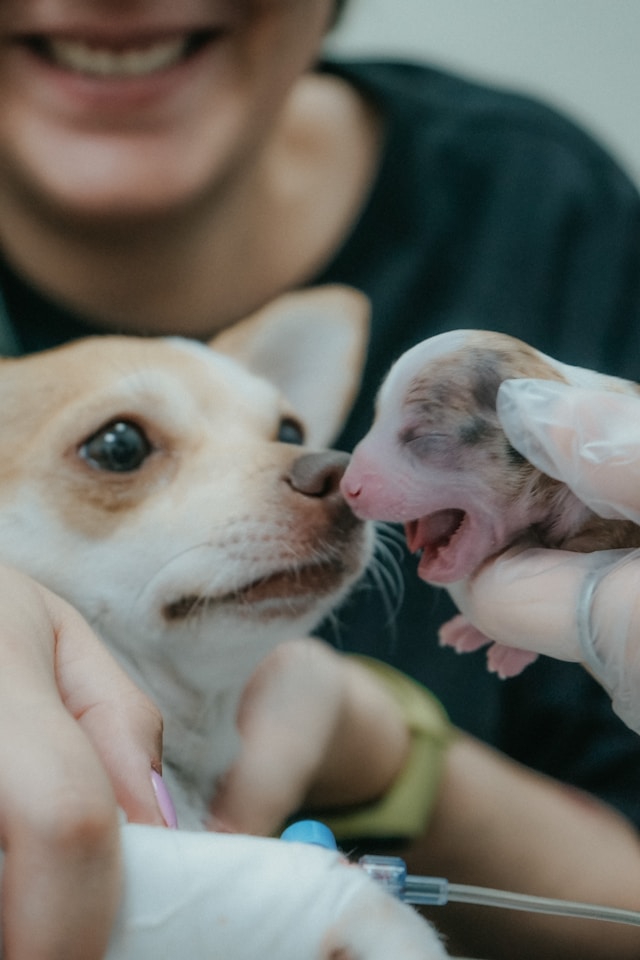Belgian Tervuren

| Official Name | Belgian Tervuren |
| Common Name | Belgian Tervuren |
| Pet Height | 22 to 26 inches |
| Pet Weight | 45 to 75 pounds |
| Lifespan | 12 to 14 years |
| Good With | dogs, families |
| Temperament | aloof, playful |
| Intelligence | high |
| Shedding Amount | normal |
| Exercise Needs | high |
| Energy Level | active |
| Vocal Level | frequent |
| Drool Amount | low |
| Breed Group | herding |
| Breed Size | medium (26-60 lbs.) |
| Coat Length | medium |
| Colors | black, brown/chocolate/liver, fawn, red |
| Patterns | bicolor, brindle |
| Other Traits | cold weather tolerant, easy to train, good hiking companion, high prey drive, loves water, strong loyalty tendencies, tendency to chew |
With his eye-catching double coat and curious expression, he's hard to miss, and he loves the attention he gets from his owners.
This breed is known for being on the move, even when not under command, which says a lot about its strong work ethic and eagerness to learn. Because of its high energy and intelligence, the Belgian Tervuren is best suited for experienced dog owners who can match its pace and keep it engaged.
While he's a natural choice for roles in police and military work, he also knows how to have fun. His fans adore him not only for his impressive skills but also for his playful sense of humor.
Appearance
The Belgian Tervuren, or Terv for short, is a dog that truly commands attention. With its medium size and muscular build, this herding dog is always alert and ready for action. Its rich fawn-to-russet-mahogany coat, which darkens with age, is a standout feature, along with a black muzzle, sharp triangular ears, and deep brown eyes that seem to constantly ask, "What's next?"
It's easy to spot the difference between male and female Tervurens. Males are typically larger, weighing between 55 and 75 pounds and often having shaggier manes, while females weigh around 45 to 60 pounds.
Despite its striking coat, the Terv's grooming needs aren't as demanding as you might think. According to Dr. Deb Eldredge, a veterinarian who has lived with Tervurens since 1985, a weekly brushing or combing is usually enough to keep their coat in good shape. She recommends line brushing, which involves lifting the hair as you brush to reach the undercoat. During the times when they "blow coat" (shed heavily) a couple of times a year, a warm bath followed by a thorough blow-dry can help manage the loose fur.
Dr. Eldredge downplays the Tervuren's shedding, noting that her Pembroke Welsh Corgi actually sheds more. Their coat naturally repels dirt, so frequent baths aren't necessary.
Personality
The Belgian Tervuren is a highly intelligent and loyal dog known for its deep bond with its family. However, this breed is naturally cautious around strangers, reflecting its roots as a working dog. Due to its sharp mind and boundless energy, the Belgian Tervuren isn't the best choice for first-time dog owners.
That said, a Belgian Tervuren can be an incredible family member in the right hands. Families must invest time in proper training and socialization. "It's important to socialize them well and commit to training," says Eldredge, an expert in the breed. A well-trained Terv is a joy to live with."
Erin Askeland, a certified dog trainer and behavior consultant, echoes this sentiment. "This isn't a dog for someone who thinks a long walk or a casual run will be enough exercise," she explains. "Tervs need a companion who is dedicated to finding the right activities to keep them engaged."
While they are herding dogs by nature, Belgian Tervurens also have a history as farm guardians, which contributes to their wariness around strangers. "Most Tervs have a good sense of appropriate reactions, but that comes from socialization and training," Eldredge adds. "Don't expect your Terv to love everyone. They are often happiest with their families, though they need to learn to tolerate others and behave appropriately."
Although a Tervuren might not immediately warm up to new people, they are intensely affectionate with their families. This affection often shows not through snuggles but by following their loved ones from room to room, always keeping an eye on them, eager to help.
Despite their serious demeanor when working, Belgian Tervurens have a playful side. "They fit the classic image of a big dog trying to squeeze into your lap," Eldredge says. "If they grab something they shouldn't have, like a napkin, they might flaunt it with pride or sneak by you, hoping you won't notice."
In short, the Belgian Tervuren is a loyal and intelligent companion that thrives in an environment where it is both loved and challenged.
Living Needs
The Belgian Tervuren is a breed that thrives on both mental and physical challenges. Take Eldredge, for example—she lives on a 65-acre farm and starts her day with a one-mile walk with her dogs. She keeps them engaged throughout the day with various sports training and even brings them along for barn chores. In the summer, they enjoy swimming. Despite their high energy levels, these dogs also know how to relax and enjoy some downtime with their owners.
It's important to balance their daily activities with a mix of physical exercises, like running or hiking, and mental tasks, such as tracking. Tervurens are also known to excel at Treibball, a dog sport where they herd large, inflatable balls into a goal, tapping into their natural herding instincts without triggering their prey drive.
While these dogs are highly trainable and can excel in almost any dog sport—from agility to scent work—Eldredge points out that finding an instructor who understands the breed's sensitivity is crucial. Tervurens don't respond well to repetitive drilling. "My dogs might do something two or three times in class, and then I break it off to play with them," she explains. Since these dogs have a tendency to push themselves until they're exhausted, it's up to the owner to ensure they don't overdo it.
A home with a large, securely fenced yard is ideal for a Belgian Tervuren, but if you're committed to taking them on varied trails for runs and hikes, that can work, too. However, switching up the routes is important, as they can get bored with repetition.
Tervurens can be great companions for older children, but their strong herding instincts might make them try to "round up" younger kids. They may get along with cats, especially if raised with them, but a running cat could trigger their chase instinct. They typically do well with other dogs, especially if socialized from an early age.
Keeping a Belgian Tervuren mentally stimulated is key. Ongoing, varied training with positive reinforcement works well, and puzzle toys can be a great way to challenge them. However, simple puzzles won't cut it—these dogs are smart and will quickly solve them. As Askeland puts it, "You need different types of advanced puzzles. If you use the same one three times a week, they'll solve it in 10 seconds." And if they're not mentally engaged, they might find their own, possibly destructive, ways to entertain themselves.
Care
Taking care of a Belgian Tervuren's stunning coat is easier than you might think. Despite its thick, double-layered fur, this breed's coat naturally repels dirt, so you won't need to bathe him often—unless he happens to roll in something smelly, which, let's be honest, is always a possibility with dogs.
A good brushing once a week is usually enough to keep his fur in great shape. Try using the line brushing technique, where you lift sections of hair to brush the undercoat thoroughly. This is also a great time to check his ears, teeth, and nails, trimming them if you hear any clicking on the floor.
Tervurens are incredibly smart and respond well to positive reinforcement during training. But be prepared—they're such clever problem solvers that keeping a step ahead of them can be a bit tricky. If you train him with clear and consistent commands, you'll earn his trust and respect, and he'll be eager to please.
As for tricks, don't be surprised if your Tervuren picks things up quickly and then adds his own twist. Teach him to shake, and before you know it, he'll be offering you a high five!
Health
Belgian Tervurens are generally a healthy breed, but there are a few health issues you should be aware of when choosing a breeder. The American Belgian Tervuren Club advises that breeders evaluate hips, elbows, thyroid, and eyes.
According to Dr. Maggie Brown-Bury, a veterinarian and past president of the Newfoundland and Labrador Veterinary Medical Association, it's important to have a yearly eye exam to check for conditions like progressive retinal atrophy, cataracts, and pannus. Additionally, Belgian Tervurens can have issues like persistent pupillary membranes, retinal dysplasia, and optic nerve hypoplasia, so regular eye check-ups are crucial.
Epilepsy is another health concern in Belgian Tervurens, and it can be inherited. Dr. Brown-Bury suggests discussing this with your breeder if you're planning to get a Tervuren puppy.
Cancer, including gastric cancer, is also something to inquire about, even though there aren't specific tests available for these conditions. A responsible breeder can provide insight into the relative risks based on their breeding lines.
Finally, while it's not a genetic issue, joint injuries can be a concern due to the breed's size and activity level. Dr. Brown-Bury recommends keeping your dog at a healthy weight and maintaining a regular exercise routine to help prevent injuries.
Exercise Requirements
The Belgian Tervuren is an active and energetic dog that needs about 60 to 90 minutes of daily exercise. They thrive in environments where they can work, like on a farm or ranch as herders. If that's not possible, they still do well with varied and intense activities.
These dogs make fantastic jogging companions, excel in agility training, and love playing fetch with a Frisbee. The key is to keep their exercise routine varied; repeating the same activities can bore them.
In addition to physical activity, Belgian Tervurens also need mental stimulation. Teaching them new tricks or commands is a great way to engage their sharp minds, strengthen your bond, and satisfy their need for human interaction. Simple brain games are also a wonderful way to keep them mentally happy and fulfilled.
Training
Transforming a Belgian Tervuren into a well-behaved dog doesn't happen overnight; it requires patience, dedication, and proper training. These dogs need an owner who truly understands how dogs think and learn.
Belgian Tervurens must be socialized correctly as a protective breed to prevent them from becoming overly protective. It's essential to introduce them to new people regularly so they don't view every stranger as a threat.
Socialization goes beyond simply having them interact with other dogs and people—although that's crucial, too. It also involves exposing them to everyday experiences and environments they'll encounter throughout their lives.
One important step in raising a Tervuren is crate training. As soon as you bring one home, have a crate ready. This gives them a safe space of their own right away and gives you peace of mind knowing your furniture is safe when you're not around.
History
The Belgian Tervuren, known for its distinctive long coat, first appeared in the late 19th century as a Belgian sheepdog. Originally, breeders focused on intelligence and trainability, but as dog shows gained popularity, they started working on creating a more uniform look for the breed. Despite their name, Belgian Tervurens quickly proved their worth to farmers as skilled herders and guard dogs thanks to their sharp minds and athletic abilities.
As farming methods became more mechanized and farmers needed fewer dogs, the Terv found new roles. Their strong work ethic led them to become valued military and police K9s, search-and-rescue dogs, and service animals. They also excelled in dog sports and shows. The breed was first brought to the U.S. in 1953 for breeding and was officially recognized as the Tervuren by the American Kennel Club in 1959. A year later 1960, the first national breed club was established.
Fun Facts
Wondering how the Belgian Tervuren compares to the Belgian Malinois? They look quite alike, and there's a good reason for that. Both, along with the Belgian Groenendael and Belgian Laekenois, are part of the same breed family, just with different coat types.
At first glance, they might seem very similar, but there are some key differences between the Belgian Tervuren and the German Shepherd. For example, German Shepherds are generally larger and come in a wider range of colors. The Tervuren is the only one with a distinctive mane or collarette.
If you've seen the movie The Company of Wolves, you might remember the wolves were actually Belgian Tervurens!
The breed's name comes from the Belgian village of Tervuren, where one of the earliest enthusiasts lived. In Belgium, even in Tervuren, the breed is known as the Chien de Berger Belge.
Get insurance plans with wide-ranging coverage options








